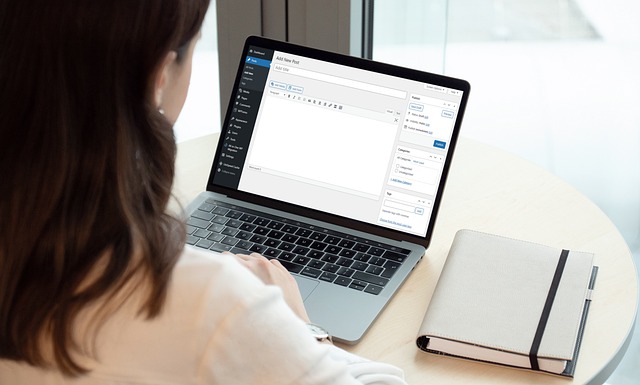Search Engine Optimization (SEO) is essential for improving your website’s visibility, driving traffic, and increasing engagement. For WordPress users, optimizing a site for SEO doesn’t need to be overwhelming. Here are seven easy steps to help your WordPress website rank higher in search engine results and provide a better experience for your audience.
1. Use Google Search Console (GSC) to Identify SEO Issues
Google Search Console (GSC) is a free tool created by Google that monitors and optimizes your website’s performance in search engines. Start by verifying your website on GSC and use its features to:
- Identify and fix any crawl errors.
- Check if Google is indexing all your pages properly.
- Analyze keyword performance and identify opportunities for optimization.
By addressing issues flagged in GSC, you ensure your website is easily accessible to search engine crawlers, improving your chances of ranking higher.

2. Use a WordPress Plugin Like All-in-One SEO to Run an Audit
Running an SEO audit means checking your site’s content and identifying any SEO issues that may prevent your WordPress website or blog from performing at its best from an SEO standpoint. WordPress plugins such as All-in-One SEO or Yoast SEO can simplify the process of auditing your website. These plugins offer features to:
- Identify missing meta titles and descriptions.
- Analyze content readability and keyword optimization.
- Highlight technical SEO issues like broken links.
Regular audits using these tools help you keep your website in top shape and identify areas for improvement. Install the All-in-One SEO plugin to keep your website performing at its peak.
3. Create an XML Sitemap for Your Website
An XML Sitemap is a file that lists all the pages and content on your website, making it easier for search engines to crawl and index them. Most SEO plugins, including All-in-One SEO, allow you to generate a sitemap automatically. Once created, submit it to Google Search Console to help Google prioritize and index your website’s content efficiently.

4. Use a Responsive/Mobile-Friendly WordPress Theme
With mobile traffic accounting for a significant portion of web traffic, having a responsive website is non-negotiable. Google prioritizes mobile-friendly websites in its search results. Choose a WordPress theme that:
- Adjusts seamlessly to different screen sizes.
- Loads quickly on all devices.
- Offers a clean and user-friendly design.
You can find and install responsive/mobile-friendly WordPress themes through the WordPress Theme Directory through your website.
5. Use Categories and Tags to Organize Content
Categories and tags make it easier for users and search engines to navigate your website. Properly organizing your content helps:
- Improve user experience by grouping related posts together.
- Create additional internal linking opportunities.
For example, if you run a food blog, categories could include “Breakfast Recipes,” “Lunch Ideas,” and “Desserts,” while tags might be specific ingredients like “chocolate” or “gluten-free.” Ensure your taxonomy is logical and consistent to maximize its effectiveness.
Add categories and tags to your WordPress pages to keep them organized and easy to find on your website.
6. Use SEO-Friendly Permalinks
Permalinks are the URLs of your website pages and posts. SEO-friendly permalinks should be short, descriptive, and include relevant keywords. To adjust permalinks in WordPress:
- Go to Settings > Permalinks in your dashboard.
- Select the “Post name” option (e.g., www.yourwebsite.com/sample-post).
- Avoid using numbers or special characters in URLs.
For example, an SEO-friendly permalink looks like this: https://christinejohnbooks.com/self-publishing/how-to-create-your-own-online-bookstore/
Search engines prefer clean URLs that clearly indicate the content of the page, so optimizing them can make a big difference.

7. Improve Internal Page Linking
Internal links connect one page of your website to another, improving navigation and spreading link equity. Effective internal linking helps:
- Guide users to related content, increasing time spent on your site.
- Signal the importance of pages to search engines.
- Create a logical structure that improves user experience.
For example, link relevant blog posts together or add links to cornerstone content on new pages. Use descriptive anchor text to make it clear what users and search engines can expect when clicking.
Conclusion
By following these seven steps, you can significantly enhance the SEO of your WordPress website. Regularly monitor your progress using tools like Google Search Console, and keep your site updated with the latest best practices. With consistent effort, you’ll see improvements in your website’s visibility, traffic, and user engagement.
Start optimizing today and watch your website climb the search engine rankings!
READ MORE
How to Start a WordPress Blog: A Step-by-Step Guide for Beginners



